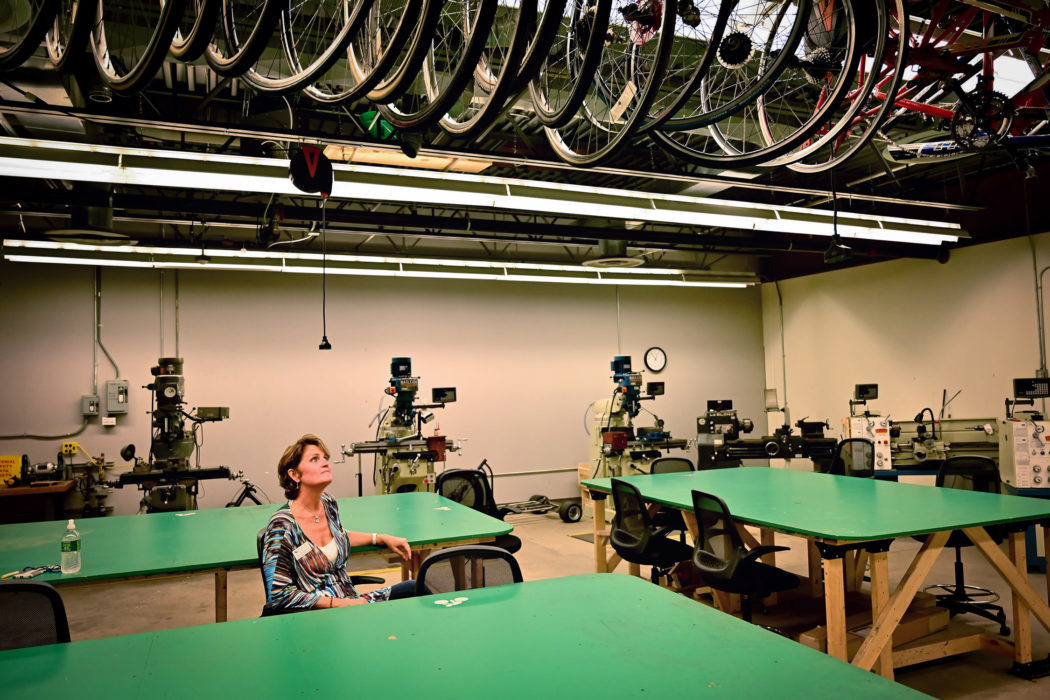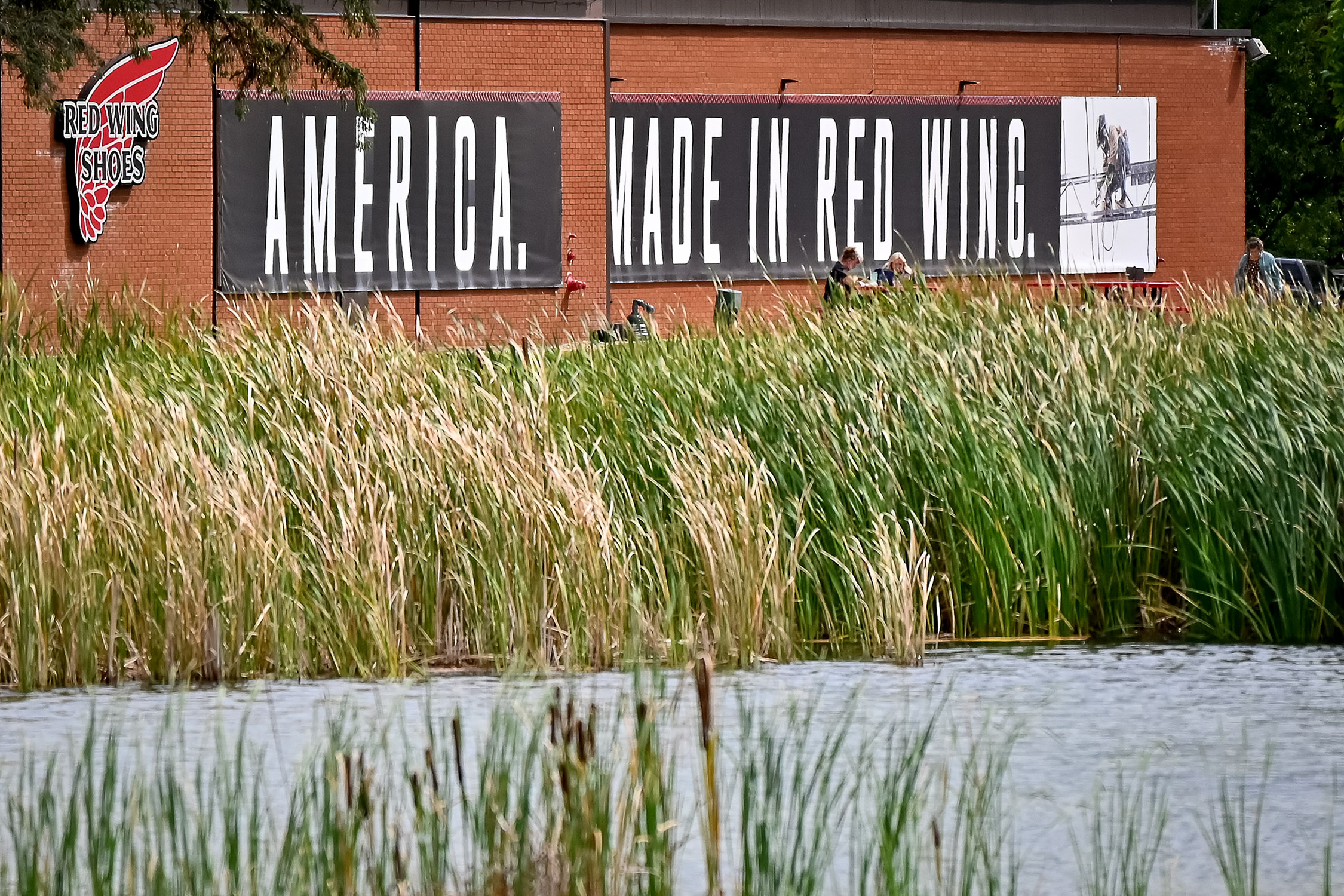How Red Wing, Minnesota, created a regional model for rural economic development
Red Wing Ignite’s work to create the Entrepreneurs First collaborative established an innovative model for rural regions looking to engage in 21st-century tech-based economic development.
The hub-and-spoke model that reshaped the airline industry might just be able do the same for rural economic development.
In an effort to better support its 21st-century entrepreneurs, Red Wing Ignite in 2018 planted the seeds to establish a regional ecosystem that could maximize the different services and expertise of several organizations. The result, the Entrepreneurs First (E1) collaborative, didn’t just blaze a new trail for southeast Minnesota, it inspired the state to replicate and scale the concept to other regions as well.
E1 forged multi-sector partnerships with 16 organizations across 11 counties, each selected based on its unique ability to provide support at different stages of the entrepreneurial process. And Red Wing Ignite serves as the hub, connecting the organizations to each other and local entrepreneurs, allowing E1 to achieve a broader reach and provide higher-quality services.
“We truly work together — it’s an effort to break down silos of these different organizations and get to know one another,” said Stacy Nimmo, the executive director of Red Wing Ignite, a member of CORI’s Rural Innovation Network. “We work to discover the types of programming that each of the partners offer, and we now know who to pick up the phone and call if we [or our entrepreneurs] are needing particular types of services or resources.”
Here are four ways Red Wing’s ambitious regional approach has changed the landscape for rural tech entrepreneurs:
Breaking down silos
Whether it’s a rural or urban setting, institutions — be they companies, schools, nonprofits, or municipalities — often exist in silos that limit close, meaningful collaboration with others in a similar field. Why? Competition for resources.
But studies have identified positive economic outcomes when institutions work together across a region. And in rural regions, collaborators often see greater success because of increased trust, shared norms, and mutual dependence.
In Red Wing’s example, neither the city — via Red Wing Ignite — nor any of the other surrounding rural communities had all of the pieces on their own to properly support tech entrepreneurs and tech skill-building efforts. Together, however, they did, and by committing to sharing information, expertise, and connections, they established a collective that could effectively serve the entire region.
Building a broader network
Regional connections like those created with the E1 initiative allow a small slice of the rural economy — tech entrepreneurs and tech workers — to enjoy a stronger, wider network of support for innovation.
E1 allows its three education institutions — Winona State, St. Mary’s University of Minnesota, and St. Olaf College — to plug into the broader community on multiple fronts. The benefits for students and the region are symbiotic: Student entrepreneurs can tap into support outside the campus setting; employers seeking to fill tech roles can build visibility with potential workers; the colleges can give everyone more reason to put down roots in the region.
Expanding opportunities
Pooling and connecting education and employment opportunities with organizations across the E1 region stands to benefit all levels of economic development. Workers are exposed to a broader array of training, local employers can draw from a more engaged and skilled workforce, and the community at large gets to enjoy the impact.
The variety of these opportunities across the E1 partner organizations fills gaps in a way that each doesn’t have to worry about tackling them on its own.
Combining resources
Part of Red Wing Ignite’s work building relationships with industry partners and education institutions has been developing grants that engage collaborators across sectors, creating a critical mass of resources, expertise, and capital that can reach people across the entire E1 region. The resources sustain and deepen the connections, and are made possible because of the connections themselves — a virtuous cycle.
Launch Minnesota, the statewide program inspired by E1, followed that lead, identifying regional leaders for entrepreneurship in six other regions around the state. WIthin two years, Launch Minnesota had created seven hubs that engaged 60-plus program partners, and awarded roughly $2 million in innovation grants to more than 60 startups.
Eager to learn more about Red Wing Ignite and its story of regional development?
CORI’s first national conference, “From ideas to impact: Empowering rural development through innovation,” is happening in Red Wing on May 8-9, 2024, co-hosted by Red Wing Ignite — and there’s no substitute for learning something first hand. Learn more and register today on the event page!
But if you can’t make it to our 2024 conference, visit Red Wing’s community page on our site, learn about individuals in its tech ecosystem, and read our 2021 case study about the impact of the E1 ecosystem.
It doesn’t end here.
At the Center on Rural Innovation, we are working with rural communities across the country to help position them to thrive in the 21st-century tech economy. To learn more about our work in this space, be sure to sign up for our newsletter.


